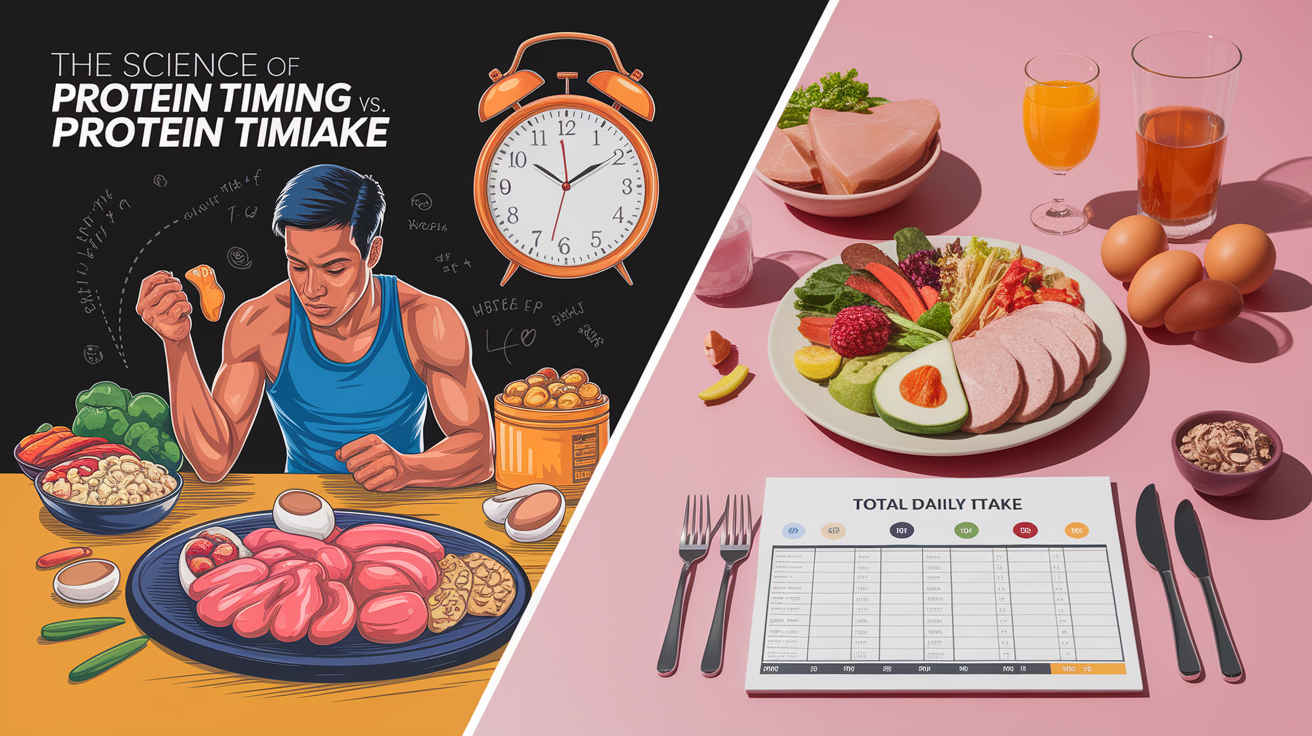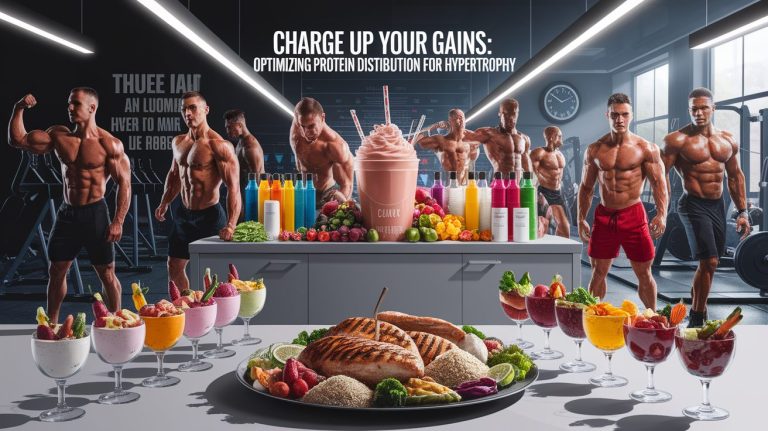Seeding Strength: Mastering Plant-Based Protein Timing for Optimal Performance
Understanding the Search Intent Behind Plant-Based Protein Timing
When athletes and fitness enthusiasts search for “plant-based protein timing,” they’re often seeking clarity on how strategic protein intake around workouts impacts muscle building and recovery—specifically when the protein comes from vegan sources. The goal is simple: maximize muscle protein synthesis and recovery by understanding the interplay between when and what type of protein we consume. The intent here is often practical—figuring out if timing plant-based proteins pre-workout, post-workout, or spread throughout the day offers measurable advantages.

It’s also fueled by concerns unique to vegan athletes: the amino acid profile, digestion rate, and bioavailability of plant proteins compared to animal proteins. This means the search isn’t only about timing, but how timing interacts with protein quality to optimize muscle adaptation.
The Science of Protein Timing vs. Total Daily Intake
Classic bodybuilding wisdom centered on the “anabolic window”—the belief you needed to consume protein immediately post-training to maximize growth. However, modern research challenges this notion. In a comprehensive meta-analysis on protein timing, scientists found that when total daily intake was controlled, the effects of timing alone on muscle growth and strength were minimal. The primary driver for hypertrophy remains total daily protein intake, not the exact clock time of ingestion.

In practice, this means your priority should be consistently hitting your daily protein target. Timing can offer marginal benefits for specific scenarios, but without sufficient total intake, precise timing becomes irrelevant.
Plant-Based Protein Quality and How It Impacts Timing Needs
Unlike most animal proteins, many plant-based proteins have a lower content of essential amino acids—particularly leucine, the key trigger for muscle protein synthesis. They also tend to have reduced bioavailability. As reviewed in research on plant protein quality, this means plant protein timing strategies must account for higher doses per feeding or use blends (e.g., rice + pea protein) to create a complete amino acid profile.

According to a review on dietary protein supplementation, carefully formulated plant protein sources can be nearly as effective as animal proteins when combined with progressive resistance training. The optimal timing plan for vegans should therefore adjust for both quantity and composition of each protein feeding.
Optimizing Timing Strategies for Plant-Based Sources
For most lifters, the following strategies will maximize muscle recovery and growth with plant-based proteins:
- Post-Workout Nutrition: Consume 30-50g of high-quality, blended plant protein within 2 hours after training to ensure sufficient leucine content and amino acid availability.
- Pre-Workout Protein: Ingest 20-30g of easily digestible plant protein (such as soy isolate or a pea-rice blend) 1-2 hours before training to support intra-session amino acid delivery.
- Protein Distribution: Spread total daily protein across 4-6 feedings, aiming for 0.4-0.6g protein/kg bodyweight per meal.
- Nutrient Pairing: Pair protein sources with complementary amino acid profiles, e.g., legumes with whole grains, to optimize muscle protein synthesis.
Tailoring Timing to Special Populations
Timing benefits become more pronounced for demographics with special metabolic needs:
- Aging Adults: As highlighted in research on protein timing in aging populations, reduced muscle protein synthesis means seniors should consume higher doses (35-50g per feeding) and prioritize post-exercise protein to counteract sarcopenia.
- High-Volume Athletes: Endurance or strength athletes performing multiple daily sessions benefit from precise protein feedings every 3-4 hours to sustain recovery and adaptation.
- Weight-Restricted Athletes: Those managing body weight should select lower-calorie plant protein sources post-training to maximize recovery without excess caloric load.
Practical Meal Plans and Sample Schedules
Here’s an example daily schedule for a 75kg vegan athlete aiming for 1.8g protein/kg bodyweight:
- 7:00 AM Pre-Workout: 25g soy protein shake + banana
- 9:00 AM Post-Workout: 40g pea-rice protein blend + oats + blueberries
- 12:30 PM Lunch: Lentil stew + quinoa + steamed broccoli
- 4:00 PM Snack: Hummus + whole grain pita + mixed nuts
- 7:00 PM Dinner: Tempeh stir-fry with brown rice + mixed vegetables
- 9:00 PM Evening: 20g hemp protein shake with almond milk
Health and Environmental Upsides of Plant-Based Timing
The advantages of plant-based protein go beyond the gym. As explained in a guide to plant-based protein benefits, these sources contribute to reduced risk of chronic disease, improved overall nutrient intake, and greater dietary fiber consumption. A study on metabolic health benefits further affirms that plant proteins support long-term wellness while emitting fewer greenhouse gases than animal agriculture.
By mastering timing with plant proteins, you not only support your physique goals—you also align your nutrition with sustainable environmental practices.
Frequently Asked Questions (FAQ)
When is the best time to consume plant-based protein?
Prioritize post-workout feedings within 2 hours and distribute intake evenly throughout the day.
How soon after a workout should I eat plant protein?
Within 2 hours is optimal, but focus on total protein intake first and foremost.
Does protein timing matter for vegans and vegetarians?
Marginally, but it becomes more relevant when protein quality or total intake is harder to achieve.
Should I eat plant-based protein before or after exercise?
Both can be beneficial—pre-workout for amino acid availability, post-workout for recovery.
How often should I consume plant-based protein throughout the day?
Every 3-4 hours to maintain positive muscle protein turnover.
Is there an anabolic window for plant-based protein?
It exists, but its impact is smaller when you meet daily protein goals.
What’s the optimal plant protein timing for muscle building?
Balanced distribution with strategic pre- and post-workout feedings.
Does plant-based protein timing affect muscle recovery?
Yes—especially important for athletes, seniors, and those in caloric deficit.
Final Reps: Pulling It All Together
Perfect protein timing won’t replace the fundamentals: progressive overload, sufficient total protein intake, and balanced recovery. For plant-based athletes, timing is a tool—not a magic bullet. Use it strategically to offset lower leucine content and bioavailability of plant proteins. Respect the role of quantity, quality, and distribution, and you’ll build a physique that’s sustainable, strong, and aligned with both health and environmental goals.




